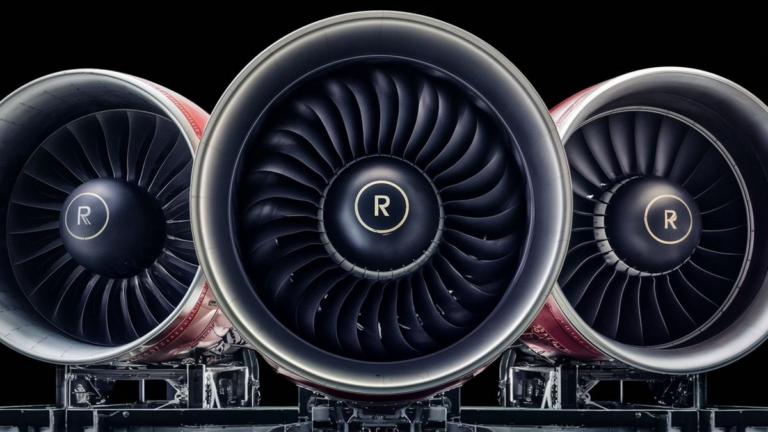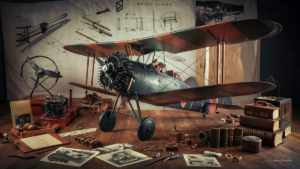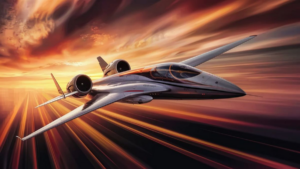When it comes to the engineering marvel that is the Boeing 747, one of the most iconic features that captures attention is its impressive engines. The Boeing 747, often referred to as the “Queen of the Skies,” boasts a specific type of engine designed to propel this giant aircraft through the air with efficiency and reliability.
Understanding the Engine of a Boeing 747
The Boeing 747 typically utilizes four high-bypass turbofan engines, each mounted beneath the wings. These engines are renowned for their power, efficiency, and ability to withstand the rigors of long-haul flights. High-bypass turbofan engines are a common choice for large commercial aircraft due to their optimal performance characteristics.
Features of High-Bypass Turbofan Engines
High-bypass turbofan engines consist of several key components that work together to generate thrust and propel the aircraft forward. These components include:
- The fan: This is the largest and most visible part of the engine, located at the front. It draws in vast amounts of air, which is then directed through the engine.
- The compressor: Once the air is drawn in by the fan, it passes through a series of compressor blades, which compress the air and increase its pressure.
- The combustion chamber: Compressed air is mixed with fuel in the combustion chamber, where it is ignited to produce hot, high-pressure gases.
- The turbine: The hot gases produced in the combustion chamber expand through a series of turbine blades, driving the compressor and fan and generating thrust.
Benefits of High-Bypass Turbofan Engines
There are several advantages to using high-bypass turbofan engines on aircraft like the Boeing 747:
- Efficiency: High-bypass turbofan engines are more fuel-efficient than older engine designs, reducing operating costs and environmental impact.
- Quiet operation: These engines produce less noise than previous engine types, making them more environmentally friendly and reducing noise pollution around airports and populated areas.
- Reliability: High-bypass turbofan engines are known for their reliability and durability, ensuring safe and dependable operation over long distances and extended periods.
In conclusion, the Boeing 747 is equipped with four high-bypass turbofan engines, which provide the power and efficiency necessary for long-haul flights. These engines are a vital component of the aircraft’s design, offering reliability, efficiency, and quiet operation. As one of the most recognizable aircraft in the world, the Boeing 747 continues to showcase the advancements and innovations in aviation technology.
Comparison with Other Engine Types
While high-bypass turbofan engines are the standard for large commercial aircraft like the Boeing 747, there are other engine types used in aviation with distinct characteristics.
| Engine Type | Characteristics |
|---|---|
| Turbojet | These engines have a lower bypass ratio, resulting in higher exhaust speeds and greater thrust at higher altitudes. However, they are less fuel-efficient compared to turbofans. |
| Turboprop | Turboprop engines use a turbine to drive a propeller, making them suitable for shorter flights and regional aircraft. They offer good fuel efficiency at lower speeds but are less efficient at high speeds. |
| Ramjet | Ramjet engines operate at supersonic speeds and do not have any moving parts. While efficient at high speeds, they require a different propulsion system for takeoff and acceleration. |
Frequently Asked Questions
- Are all Boeing 747 engines the same?
Yes, typically, all Boeing 747 variants utilize the same type of high-bypass turbofan engines for consistency and performance across the fleet. - Can high-bypass turbofan engines be used on smaller aircraft?
While primarily designed for large commercial jets, variants of high-bypass turbofan engines are also used on some smaller regional aircraft for their efficiency and reliability. - What advancements are being made in engine technology for future aircraft?
Engine manufacturers are continually developing more fuel-efficient and environmentally friendly propulsion systems, including hybrid-electric engines and advanced materials for improved performance and reduced emissions.
See also:






